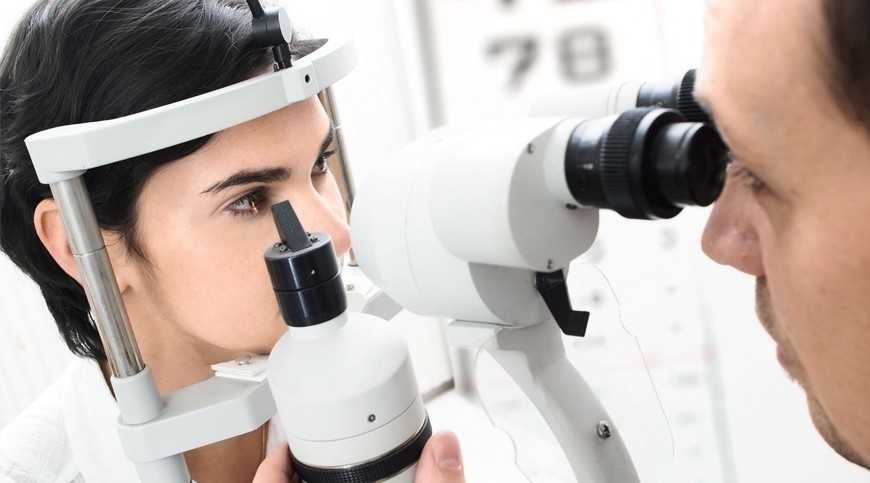Sea Girt Visual Processing
Empowered Learning Transformation Centers
Vision therapy is a sequence of therapeutic procedures that develop efficient visual skills and visual processing. An integral part of vision therapy is an individually prescribed program monitored by a doctor using lenses, filters, occluders, specialized instruments and computer programs. Through vision therapy, patients learn to process and interpret visual information while learning to use their visual abilities in a new way with the guidance from our doctors and vision therapists.
Vision therapy can help people of all ages to develop efficient visual skills and visual processing, which can help with learning problems and behavioral problems.
Who benefits from Vision Therapy?
Vision therapy has made a profound difference in people of all ages. Vision is our dominant sense and primary source for gathering information in learning. 80% of what we learn is through our eyes. Vision and/or visual perceptual difficulties can have a great effect on how we read, learn and achieve academically.
The following provides information about some of the many conditions which can be positively affected by Vision Therapy
Learning-related vision
Difficulties in reading, writing or learning can be the result of a vision problem. Vision therapy can be used as a non-invasive treatment for children thought to have a learning disorder. With a diagnosis of a vision related problem parents can finally see that a learning disorder really is not the problem, rather a symptom.
Amblyopia
Amblyopia, or Lazy Eye, is the loss or lack of development of vision in (usually) one eye. It occurs at the level of the brain, not the eye itself. Amblyopia is often associated with one of the eyes having a higher refractive prescription and/or an eye being turned in, out, up, or down. It is also possible but less commonly seen to have amblyopia be caused by an eye health problem. Regardless of the cause, early detection offers the best chances for a successful outcome. Patients can benefit from vision therapy for the more common causes of Amblyopia at any age.
Strabismus
Strabismus, or eye turn, is a misalignment of the eyes. Strabismus is a condition in which the eyes do not fixate as a pair; rather, one eye deviates inward, outward or alternate, giving them a “crossed” look. Strabismus also frequently leads to amblyopia. Sometimes surgery is required to help “align” the eyes more closely. However, the brain is the real controller of eye alignment, and if it has not been taught how to fuse the images from the two eyes into one, creating a 3D picture of the world, then surgery is frequently cosmetic, without functional improvement. Vision therapy is recommended as early as possible to achieve the best results in order to teach the brain how to properly join the images from the two eyes. (See Fixing My Gaze: a Scientist’s Journey into Seeing in Three Dimensions, by Sue Barry for a neuroscientist’s viewpoint.)
At birth, small occasional eyeturns are common. However, if the eyeturn appears constant, or does not disappear by age 6 months, the child should be seen for vision evaluation. Another common eyeturn is crossed eyes that appear between ages 1 and 5 years. These should be evaluated as soon as they appear, so that they do not become constant.
.
Contact us today!

